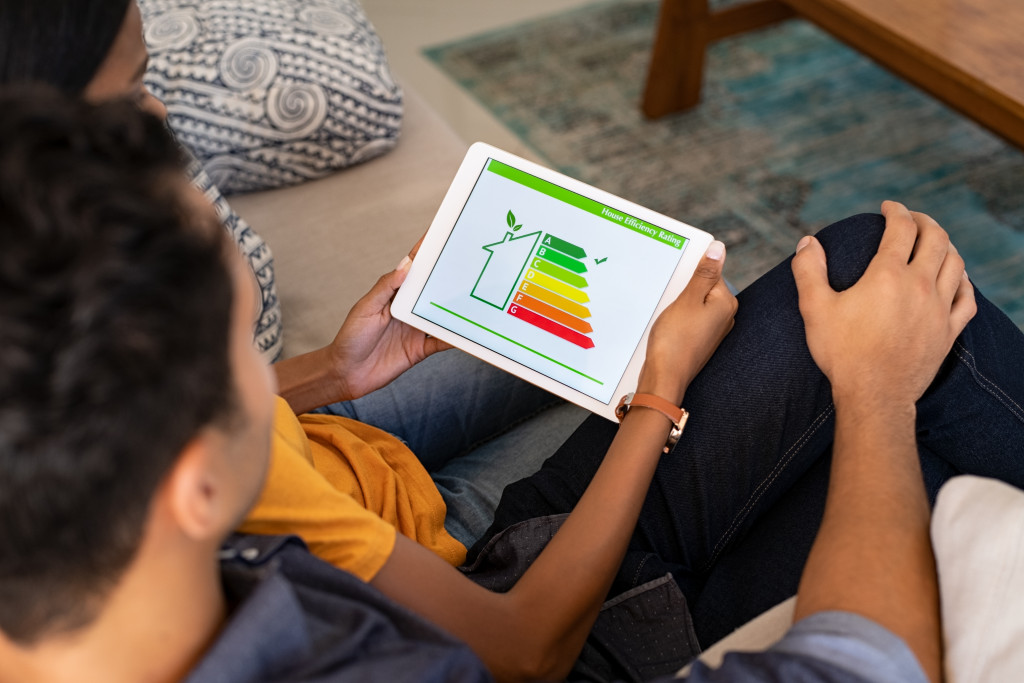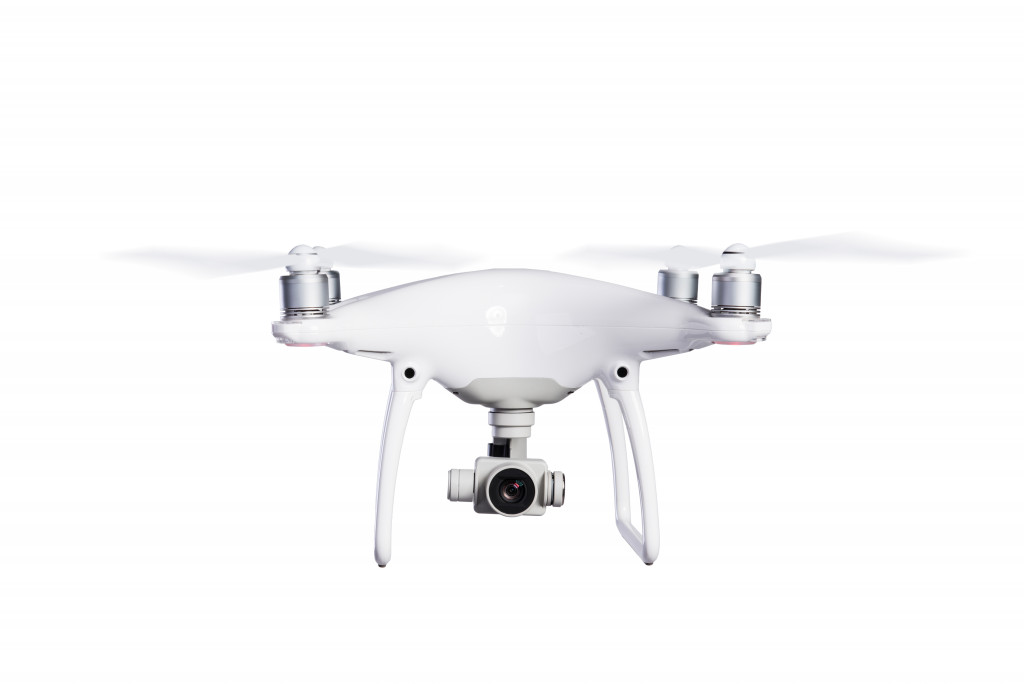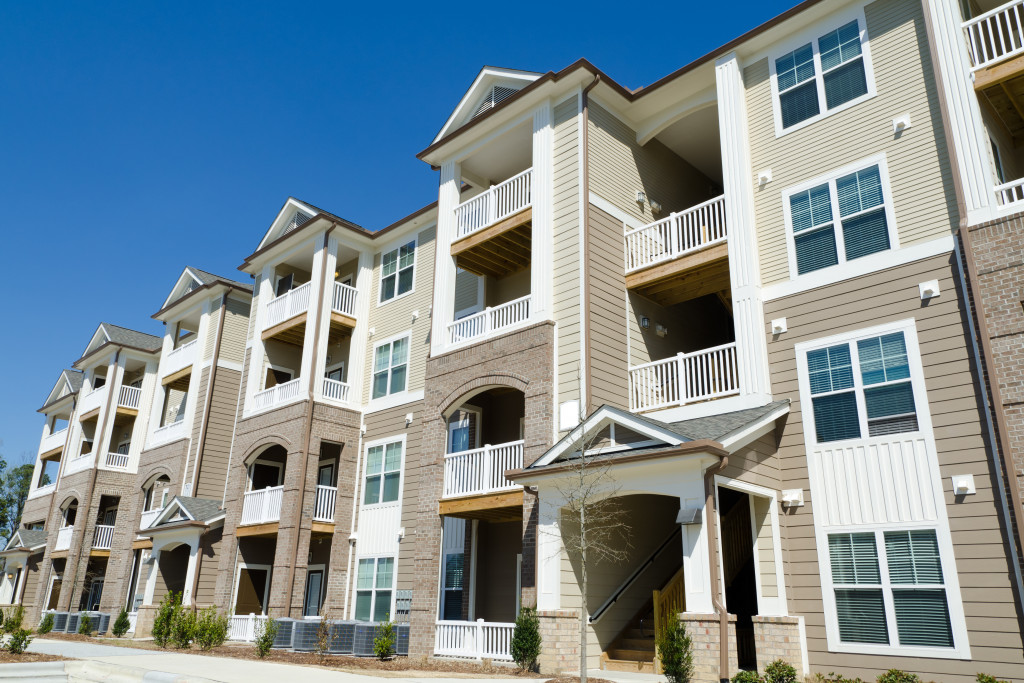- Adequate insulation in rental properties can reduce energy bills, create a quieter living environment, and increase resale value.
- Insulation also helps protect rental properties from moisture, mold, and mildew and reduces greenhouse gas emissions.
- Drone inspections help identify roof leaks that can reduce overall insulation.
- Weatherstripping and caulking are effective solutions for sealing air leaks.
- Various new insulation types can be installed to improve energy efficiency and tenant comfort.
As a landlord or property manager, you know the importance of keeping your tenants comfortable and happy. One way to achieve this is by having adequate insulation in your rental properties. Insulation is often overlooked, but it plays a significant role in keeping your properties energy-efficient, reducing bills, and ensuring your tenants have comfortable living conditions. Here’s what you need to know about the benefits of insulation in your rental properties and how you can improve them over time.
Rental Properties in The U.S.
It’s estimated that the country has about 20 million rental properties. These properties are home to around 44.3 million people, meaning that one in four households is a rental property.
Having adequate insulation is essential for landlords and property managers to ensure their tenants have safe and comfortable living conditions. Here are some benefits of insulation in your properties.

Energy Efficiency
It’s estimated that people pay about 23 cents per kilowatt hour in the country. A decent chunk of this goes into heating. Insulation creates a barrier to regulating the temperature inside rental properties. During extreme heat or cold, insulation helps to keep the interior comfortable, minimizing the need for air conditioning or heating. This translates into lower energy bills, critical for tenants and landlords. Insulation is an investment that can save you and your tenants money in the long run.
Noise Control
Insulation helps block sound from entering or leaving rental units. This is particularly critical in densely populated areas or when tenants have different schedules. Insulation can help create a quieter living environment, ensuring tenants can sleep, work, and relax peacefully. Quiet rental properties attract long-term tenants and can lead to fewer complaints and disputes.
Property Value
Well-insulated rental properties have a higher resale value and can attract more potential tenants. In today’s market, many tenants prioritize energy-efficient homes, and having insulation can significantly impact a property’s value. It is an investment that not only benefits your current tenants but also contributes to the profitability of your rental property in the long run.
Health and Safety
Insulation is critical in protecting rental properties from moisture, mold, and mildew. Poor insulation can lead to dampness and moisture retention, triggering allergic reactions and other health issues. It may also cause damage to the building’s structure over time. Proper insulation ensures better air quality, prevents structural damage, and safeguards tenants’ well-being.
Environmental Responsibility
Insulating your rental properties is an environmentally responsible move that can reduce the carbon footprint. It helps to conserve energy by reducing the amount of power needed for heating, cooling, and lighting your rental properties. It also reduces greenhouse gas emissions, making the earth more livable for future generations.
Improving Insulation in Your Properties
There are various ways you can improve insulation in your properties. Here are four effective ways.

Drone Inspection
First, it’s essential to check your property’s roofing using drones. A roof leak inspection drone is the best way to do this. Leaks can be a sign of holes in the roof, which reduce the property’s overall insulation. Drone inspections can also help identify other issues, such as damaged or missing shingles that need to be replaced. This is a quick and cost-effective way to improve insulation in your rental properties without climbing onto the roof.
Weatherstripping
Weatherstripping is one of the most common ways to improve insulation in doors and windows. It helps prevent drafts and air leakage, keeping your property warm during cold weather. Weatherstripping also prevents heated air from escaping, maintaining a comfortable temperature indoors.
Caulking
Another standard solution for leaks is caulking. Caulking helps close gaps between siding, trim, floors, and windowsills. It’s a quick and cost-effective way to improve the insulation of your rental properties.
Insulation Installation
Finally, you can consider installing new insulation into your rental properties. Various types of insulation are available on the market, such as foam, cellulose, rock wool, and fiberglass. Depending on your budget and needs, you can choose an insulation material that best meets your requirements.
To ensure tenant comfort and safety in your rental properties, it’s vital to invest in adequate insulation for them. With a few simple steps, each landlord or property manager can easily improve their energy efficiency and health standards –all while saving money in the long run!

